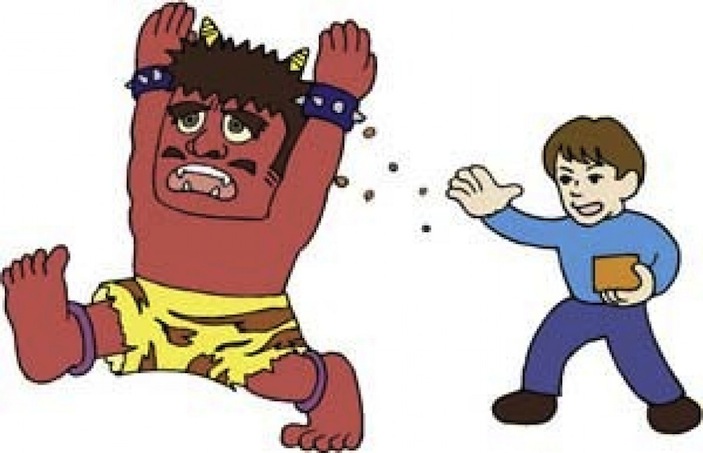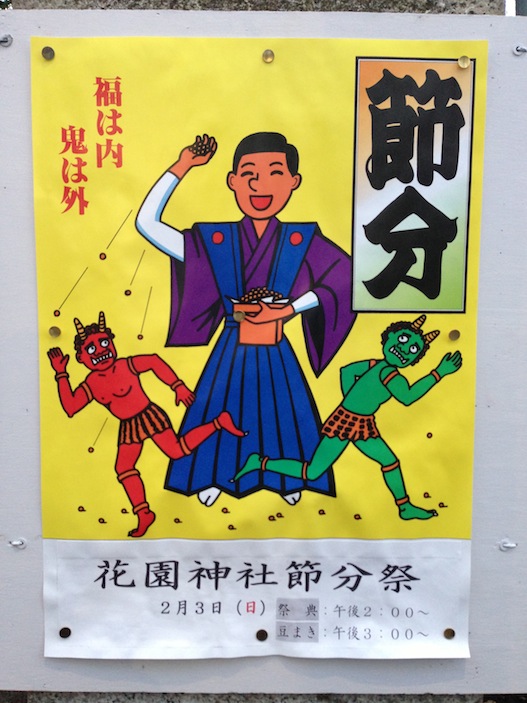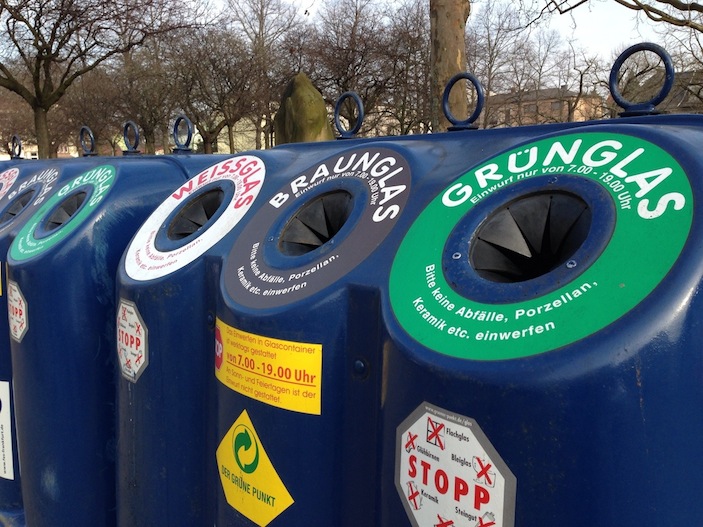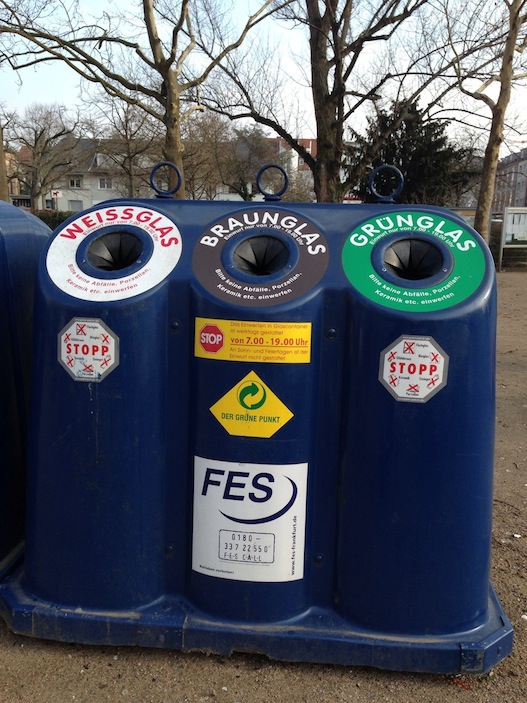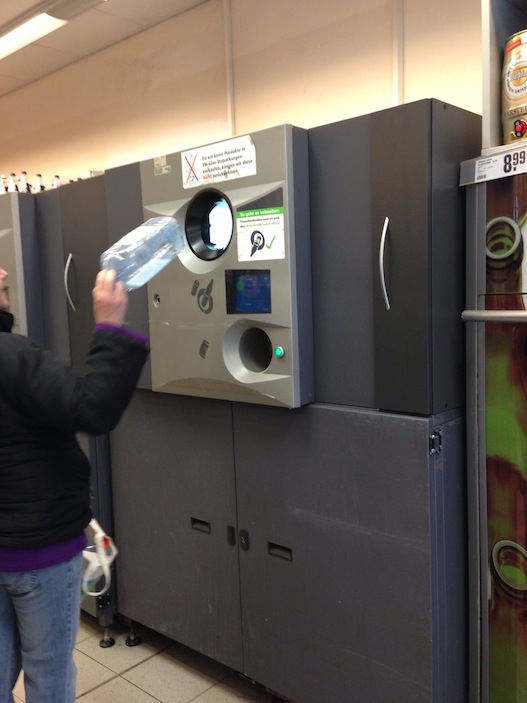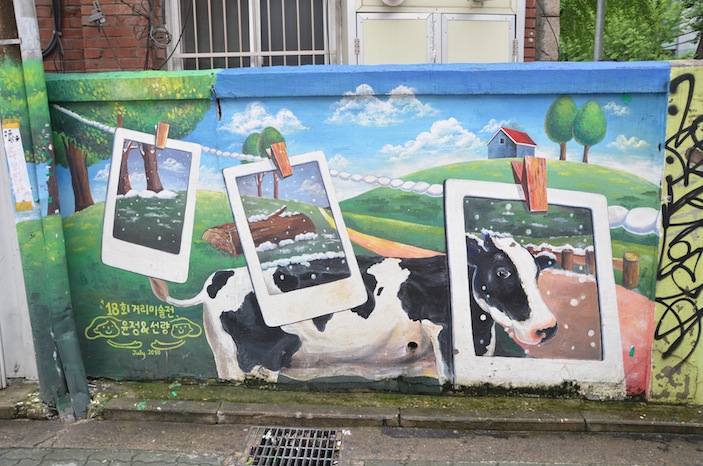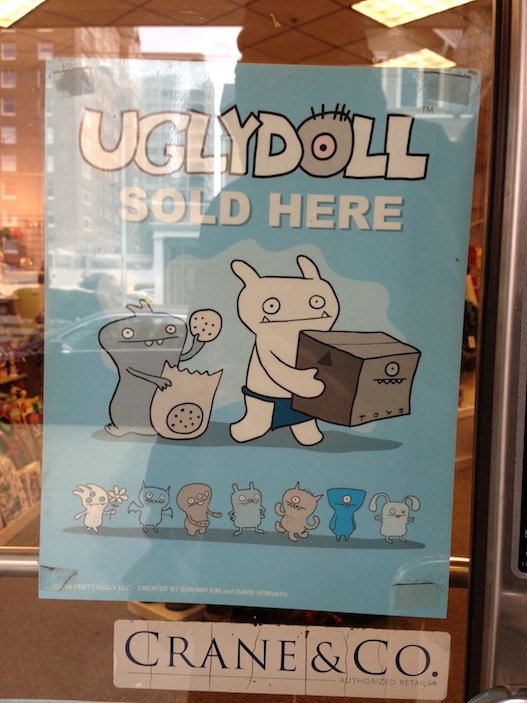South Africa’s Big Game: The Soweto Derby
Unlike most of Africa, cricket and rugby are sports of massive importance to South African culture and its national identity. Like most of Africa, however, this is also a nation fanatical about football, and that obsession is most evident each year when the famed Kaizer Chiefs take on their hated crosstown rival, the Orlando Pirates. Today is the 43rd anniversary of the first of these meetings.
The Soweto Derby, as it has come to be known, annually pit two of the Premier Soccer League’s teams against each other. That their home grounds are located just 10 kilometers apart adds fuel to the fire. In 36 all-time meetings to date, the teams are aggregately separated by just one goal, and also separated by just one game in the standings. Kaizer has won 13 of the meetings, Orlando 11, and 12 matches have resulted in a draw.
The first Soweto Derby took place on January 24, 1970. Adding to the rivalry, the Chiefs were actually formed by Kaizer Motaung, who spent much of his career as the star of the Pirates, who were one of South Africa’s first professional football clubs. While many South African Premier League matches fail to draw well, this match is a full house every year, with bragging rights extending throughout the year. Recent tilts have been televised throughout every African country and 43 countries in Europe, speaking to the magnitude of what the rivalry has become.
The last Soweto Derby, this past December, ended in a 1-1 stalemate. The next one takes place March 9th.
.jpg)



